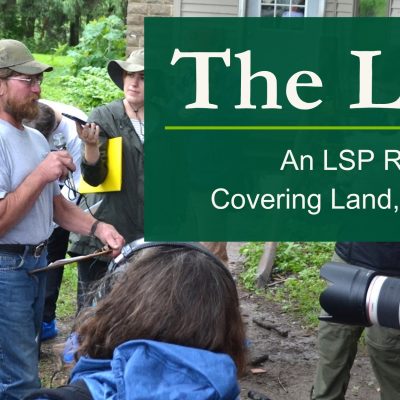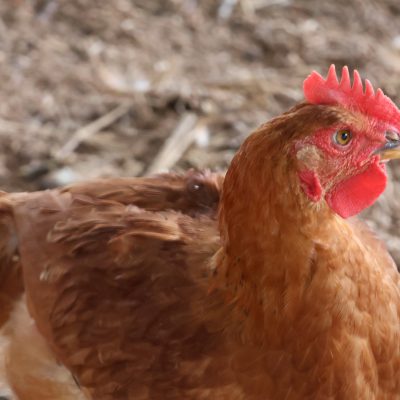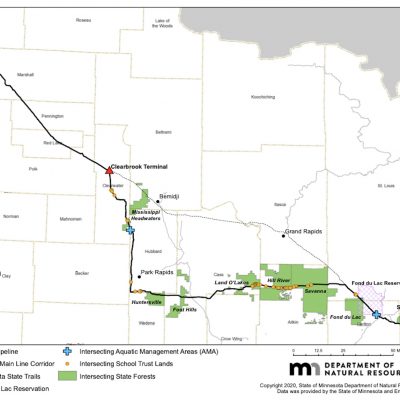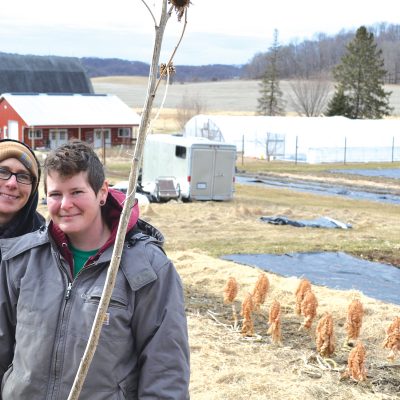Land Line: Senate Budget Bill, Who Owns Land?, Nitrates, Conservation Cuts, Immigration, Drought When Wet, Judging Soil, Sea of Grass
Trump’s One Big Beautiful Bill Clears Senate, Sending it Back to House (7/1/25) Vice President JD Vance broke a 50-50 tie in the U.S. Senate today to pass President Donald Trump’s centerpiece legislation on tax cuts and spending, the 940-page “One Big Beautiful Bill,” reports Oklahoma Farm Report. In order to pay for spending on… Read More →



